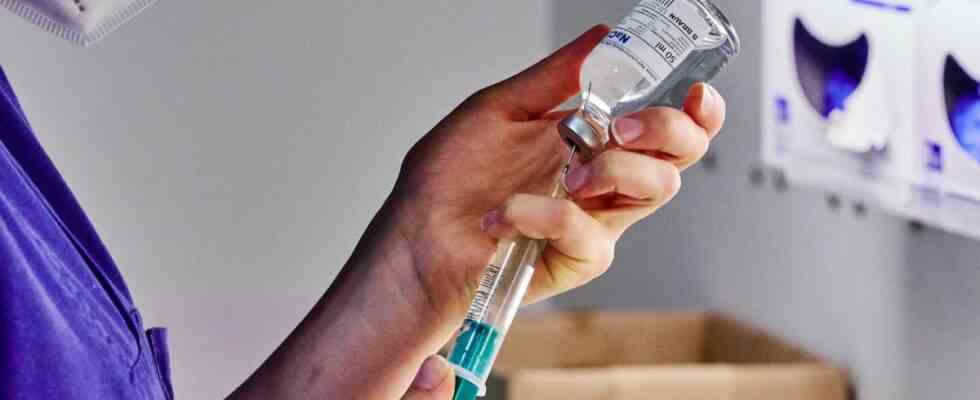There is a scenario that happens again and again in one way or another: an elderly person falls, injures his hip, goes to the hospital, has an operation, is treated in a normal ward. Then there is a thrombosis, which in turn triggers a pulmonary embolism – and so the patient comes to us in the intensive care unit. There we then hear from the relatives or even from the patient himself: Here they are finally being properly cared for, on the normal ward one hardly saw any nursing staff, there were even accusations such as those that the thrombosis injections, which have to be carried out regularly, didn’t give and that’s why you ended up here in the intensive care unit in the first place. In short: the care in the normal ward is worse than in the intensive care unit.
Such statements make me very sad. Because they are wrong. I think it would be nice if those affected would simply ask us why things are different here than on normal wards – because it is a fact that there are differences. Instead, some carry such disrespectful claims out into the world. The fact is that it is a normal risk that a thrombosis can occur as a result of a fall and an operation. This has nothing to do with inadequate maintenance.
It is no wonder why patients see fewer nursing staff in normal wards: fewer staff work there. During the day there may be three or four nurses, at night maybe just two. In our intensive care there are six of us in the afternoon and five at night. At the same time, the number of patients also differs. In our clinic, between 20 and 40 patients are cared for on normal wards, while there are twelve to 16 in intensive care.
With twice as many patients, the teams on normal wards have a good two fewer nurses than we do and therefore have to prioritize more. But that is completely legitimate, because someone who is on a normal ward is not seriously ill. Such a person does not need constant monitoring and support. But if you need help, for example with food or care, you can get it.
Intensive care specialist Pola Gülberg from the Ebersberger district clinic.
(Photo: Peter Hinz-Rosin)
In the case of intensive care patients, on the other hand, it is important to keep a constant eye on them. That’s why not only the staff key is different, but also every bed is equipped with a surveillance monitor and the structural structure of an intensive care unit is designed to be able to get an overview quickly: the patient rooms have glass walls and doors, roller shutters between the rooms ensure sufficient privacy – the station appears open, compact and manageable.
This design means that the patients in the rooms have a clear view of the corridors – and there they can see and hear us nursing staff and the medical profession with every step we take.
Since more patients are cared for in a normal ward, it is only logical that it is structurally designed differently: there are no glass walls in the rooms, just normal doors and walls. The corridors sometimes run around the corner. Due to this structural structure, the patients and relatives only see the staff when they are in their room. But there is just as constantly someone on the ward as is the case in the intensive care unit.
Pola Gülberg is an intensive care nurse. In this column, the 37-year-old talks about her work at the district clinic in Ebersberg every week. The collected texts can be found below sueddeutsche.de/thema/Auf Station.

